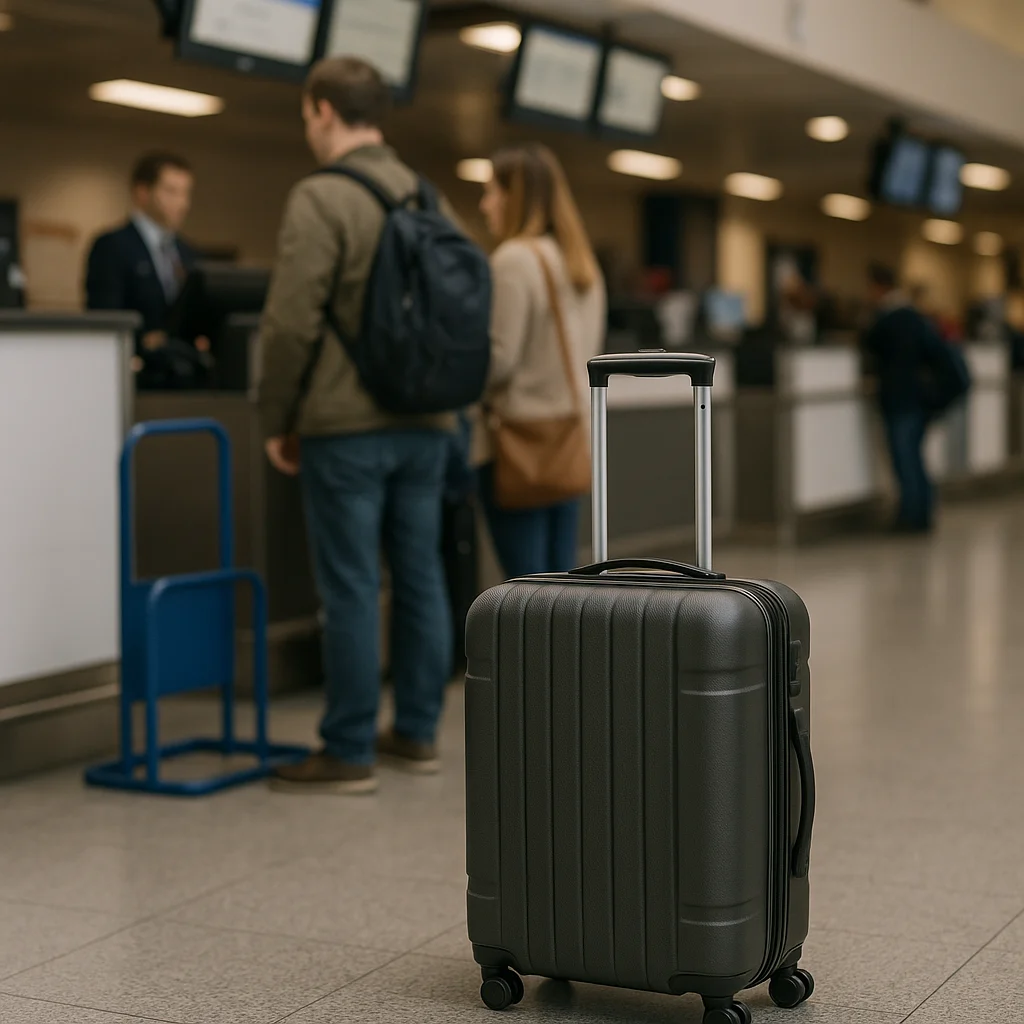What Are the Schengen Changes Expected in 2025?
The landscape of Schengen visa policies is set to shift significantly in 2025, bringing new procedures, requirements, and technological updates. These Schengen changes aim to enhance security, streamline travel, and improve data management across the Schengen Area. Travelers, businesses, and immigration professionals alike should prepare for these updates to ensure smooth cross-border journeys.
One major development involves the upcoming introduction of the European Travel Information and Authorization System (ETIAS), a pre-travel authorization system that will affect travelers from visa-exempt countries. Additionally, stricter data sharing measures and extended visa validity periods are being considered to modernize the application process.
Understanding these Schengen changes is crucial for anyone planning to visit, work, or reside in Schengen countries in the near future.
ETIAS: The New Travel Authorization System
How ETIAS Will Work
Starting in 2025, ETIAS will require travelers from over 60 visa-exempt countries to obtain authorization before entering the Schengen Area. This system is similar to the U.S. ESTA program and represents a shift toward pre-screening travelers to improve security.
– Travelers must apply online before their trip
– Applications will be quick and low-cost
– Authorization is valid for multiple entries over three years or until the traveler’s passport expires
ETIAS aims to identify potential risks before travelers arrive, reducing illegal immigration and helping border authorities manage flows more effectively.
Who Needs ETIAS?
Not everyone will need ETIAS. It applies only to visa-exempt nationals, such as citizens from the United States, Canada, Australia, Japan, and several Latin American countries. Travelers who already require a Schengen visa are unaffected by ETIAS but should be aware of other upcoming Schengen changes in visa processing.
Changes to Visa Application Processes
Several procedural updates are planned to make Schengen visa applications more transparent and efficient. These changes will impact how applicants prepare documents and interact with consulates.
Extended Visa Validity and Multiple Entries
One of the welcomed Schengen changes includes longer visa validity periods, sometimes up to five years for frequent travelers, reducing the need for repeated applications. This adjustment facilitates tourism and business visits by easing re-entry requirements.
Similarly, more visas will allow multiple entries, providing greater flexibility for travelers who plan short visits throughout the year.
Improved Online Application Platforms
Many Schengen countries are upgrading their visa application websites and incorporating biometric data collection to speed up processing times. The goal is to enable applicants to:
– Complete applications fully online
– Book biometric appointments digitally
– Receive updates through centralized notification systems
These enhancements aim to reduce paperwork and waiting periods, benefiting both applicants and consular staff.
Security and Data Sharing Enhancements
Enhanced Interoperability Between EU Databases
To strengthen security, the Schengen area will improve data sharing between the Visa Information System (VIS), the Entry/Exit System (EES), and other border control databases. This interoperability helps authorities detect overstays, identify fraud, and maintain comprehensive traveler profiles.
Biometric Data and Privacy
Collecting biometric data, such as fingerprints and facial images, will become more standardized across Schengen countries. Although some travelers might be concerned about privacy, these measures are designed to prevent identity theft and streamline identity verification at borders.
The European Data Protection Board oversees these processes to ensure travelers’ data rights are protected, balancing security with privacy.
Impact on Travelers and How to Prepare
Practical Tips for Adjusting to Schengen Changes
With these Schengen changes approaching, travelers should:
– Check visa or ETIAS requirements well ahead of planned travel
– Apply early on updated online platforms to avoid delays
– Prepare biometric appointments and documents in compliance with new rules
– Monitor official sources, such as [European Commission travel page](https://ec.europa.eu/home-affairs/what-we-do/policies/borders-and-visas/schengen_en), for the latest updates
Understanding Costs and Timelines
ETIAS applications will cost approximately €7 for adults, but children under 18 and seniors over 70 will be exempt. Visa fees remain unchanged but processing times are expected to improve due to digital enhancements.
Travelers who frequently visit the Schengen Area can benefit from long-term multiple-entry visas, lowering overall administrative burdens.
Broader Implications of Schengen Changes in 2025
For Tourism and Business
By simplifying travel authorizations and extending visa validity, the 2025 Schengen changes encourage tourism growth and business exchanges across member states. Easier entry procedures help attract visitors and investors, bolstering local economies.
For Border Security and Migration Management
Stricter pre-screening mechanisms like ETIAS enable early identification of potential security or migration risks. These tools support more efficient border controls without significantly affecting legitimate travelers, ultimately enhancing overall safety across Europe.
What You Should Know Before Your Next Schengen Trip
Adapting to the 2025 Schengen changes requires vigilance and proactive preparation. Whether you are a casual tourist or a frequent business traveler, understanding the new visa policies, ETIAS requirements, and data protocols is critical.
Travelers are encouraged to:
– Start planning visa or ETIAS applications months in advance
– Keep passports up to date, as validity impacts application approval
– Stay informed through official channels or consult immigration experts if unsure about new rules
Staying ahead of these changes saves time and stress when crossing Schengen borders.
Summary and Next Steps
The Schengen changes coming in 2025 bring significant improvements to travel authorization, visa validity, and security measures. The rollout of ETIAS marks a new era of pre-travel screening for visa-exempt nationals, while streamlined visa processes make travel easier for frequent visitors.
Enhanced data sharing and biometric systems aim to protect borders and prevent illegal travel, all while balancing privacy concerns. For travelers, early preparation and staying informed are key to navigating these updates smoothly.
To ensure your next Schengen trip goes without a hitch, start your ETIAS or visa process early and keep track of evolving requirements. For personalized guidance and the latest news on Schengen visa changes, visit khmuhtadin.com and get expert assistance tailored to your travel needs.




